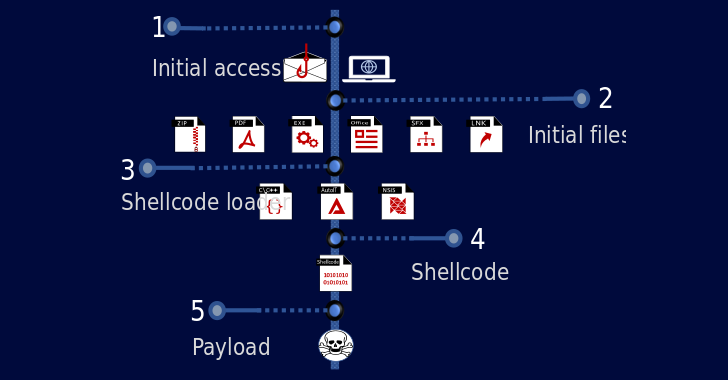

Objects instantiated by the Spring container take time to instantiate. Support for the caching of loaded contexts is important, because startup timeĬan become an issue - not because of the overhead of Spring itself, but because the The Spring TestContext Framework provides consistent loading of SpringĪpplicationContexts and WebApplicationContexts as well as caching of thoseĬontexts. Instrumentation of tests in various environments including JUnit, TestNG, and so on. TestContext framework is agnostic of the actual testing framework in use, thus allowing The annotation-driven Spring TestContext Framework. In Spring 2.5 and later, unit and integration testing support is provided in the form of Tests that rely on deployment to an application server. Slower to run than unit tests but much faster than the equivalent Selenium tests or remote This testingĭoes not rely on an application server or other deployment environment. This library includes the package, whichĬontains valuable classes for integration testing with a Spring container. Get it from (see the section on Dependency Management for anĮxplanation). The name of the actual JAR file might include the release versionĪnd might also be in the long form, depending on where you The Spring Framework provides first-class support for integration testing in the

This would include such things as theĬorrectness of SQL statements, Hibernate queries, JPA entity mappings, etc. OSX.EvilQuest was the most prevalent macOS ransomware family in 2021, accounting for 98% of ransomware in the researchers’ analysis, while OSX.Flashback accounted for 31% of macOS backdoor threats and OSX.Lador accounted for 47% of macOS trojans.The correct wiring of your Spring IoC container contexts.ĭata access using JDBC or an ORM tool. Improving the CrowdStrike Falcon® platform’s ability to detect macOS threats is a continuous process. CrowdStrike researchers constantly hunt, analyze and gain understanding of any macOS artifact that looks even remotely suspicious to improve CrowdStrike’s automated machine learning and behavior-based protection capabilities. The fallacies that macOS cannot be harmed by threats or is targeted by less-sophisticated malware still linger. This blog addresses some of the challenges and requirements our researchers must meet when analyzing macOS threats. The deep understanding and knowledge they gain is used both to create new features for structural parsing that augments our machine learning detection capabilities and to improve the proficiency of our behavior-based protection. MacOS malware research starts with the fundamentals, such as classifying macOS malware by file type continues with the capabilities, intended targets and general behavior of malware and ends with obstacles researchers encounter when analyzing macOS malware. Malware developers often try to hide or mask file types in an attempt to trick users into executing them.įile Type Classification for macOS Threats Threats that target macOS systems have the same goals as those targeting any other operating systems they range from spying and reconnaissance to cryptocurrency mining, file encryption, remote access, and adware-related hijack and injection. File-type identification also helps in establishing the tools required in the analysis. Apple Disk Images (.dmg) are favored because they’re automatically mounted on execution both OSX.EvilQuest (Figure 3) and OSX.Shlayer malware typically use this file type.Figure 2 offers an overview of macOS malware file types.Įven though most malware are compiled binaries, many non-binary file types are commonly encountered while analyzing macOS malware each has its own advantages and disadvantages for the adversaries that use them. Mpkg) are another common file type abused by malware as they allow malware developers to define preinstall and postinstall scripts that automatically run through the installation process. For example, OSX.EvilQuest uses a malicious package - after mounting the.


 0 kommentar(er)
0 kommentar(er)
